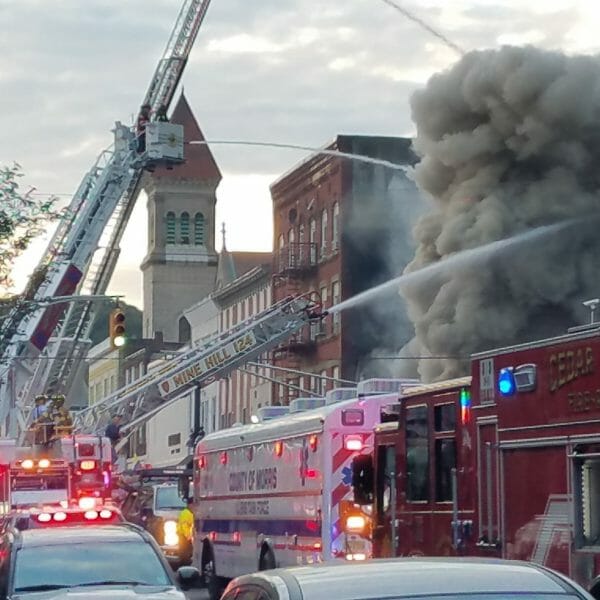
The last thing most people expect to happen at work is a fire or any other kind of disaster, but the truth is they happen on a regular basis in offices all over the world.
A workplace can actually be a life-threatening environment if a fire does break out. This is why company leaders and workers need to know how to conduct fire drills the right way in the workplace.
One of the best methods to prepare everyone for a real emergency is to schedule fire drills on a regular basis so that knowing how to safely leave the premises is second nature to all involved.
Fire drills help workers to be aware of how to get out of the office in the event of any emergency, such as a natural disaster or an armed intruder on the premises.
The art of repetition
The great majority of schools hold regular fire drills every few months. These drills are repeated so frequently so that the routine actually becomes a habit and in the event of a real emergency taking place children will know precisely what they need to do without thinking.
Complacency can even lead to ignorance of basic safety knowledge such as the location of fire exits. In some cases fire exit doors may be jammed or partly blocked. Issues such as these will be exposed by regular fire drills.
Create a detailed plan
It is crucial to come up with a detailed fire evacuation plan before you start holding regular fire drills. You will have to imagine the possibilities of where a fire may start in your building, such as in the kitchen or warehouse, or if your business could be at risk from natural events such as wildfires during the summer months.
How to do it
Once the plan has been drawn up the next step is to make sure that you have an established fire team who know what to do in order to ensure the success of your fire drill.
It is also crucial that every employee is aware of why the fire drill is important or you risk them failing to take it seriously.
The drill should be announced in places where it will be seen by all employees and scheduled on your firm’s Google or Outlook calendar.
What are you hoping to achieve?
It is important to have clear goals that you want to achieve for a fire drill. These goals and standards can then be improved upon in subsequent drills. If it takes fifteen minutes for all employees to exit the building on the first fire drill, try and find it why it took so long and take steps to reduce that time on the next drill.
Measurable metrics include how long the evacuation took, how long it took to report that the drill had been completed and if all equipment was successfully shut down.
Where to go
Every employee needs to be accounted for away from the building for a fire drill to be considered a success. There needs to be pre-chosen rally point at a strategic outside location. Several rally points may need to be selected for big companies, with every point having its own individual fire team leader. In the event an employee is not present, predetermined reporting protocols should be followed and the whole fire team and authorities alerted.
Observers
Several employees should be selected to observe your fire drills. These observers need to look out for issues such as large groups dawdling, people using mobile devices, people choosing to leave via a less convenient exit and if disabled employees find it more difficult to open doors or use stairs.
Get in touch with All Protect Systems today to discuss how they can assist with the preparation of fire drills in your company that could save lives.
Image: Flickr